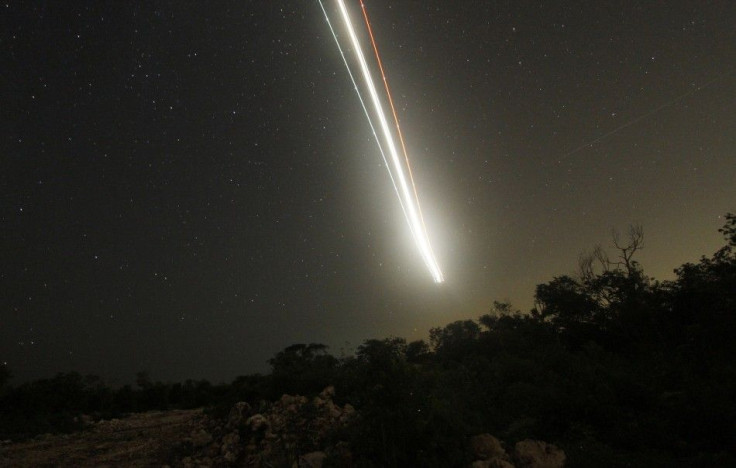‘Unpredictable June Bootids’ meteor showers to be less active this year

The June Bootids, a meteor shower occurring roughly between June 22 and July 2 every year, is predicted to be less active this year.
“Normally, the shower is active from June 22 to July 2. Although the shower peaks on June 28, little or no activity will be expected this year, said Nathaniel Servando, acting administrator of the Philippine Atmospheric Geophysical and Astronomical Services Administration (PAGASA) said.
The shower occurs when the Earth passes through part of the debris ejected by Comet 7P/Pons-Winnecke, a short-period comet which orbits the Sun once every 6.37 years.
Meteors will appear to be coming from a point in the constellation Bootes, the Herdsman, which is visible in the northern sky nearly all night and contains the bright orange star Arcturus. The curved handle of the Big Dipper will serve as a conspicuous marker, Indiana University reported.
The activity of these meteors normally remains weak, with a zenith hourly rate (ZHR) of only 1 or 2. ZHR is the number of meteors a single observer can see in one hour under a clear, dark sky, if the radiant of the shower is at the zenith.
However, they can be unpredictable. Intense activity observed on the night of June 28, 1916 has drawn some attention to the previously unknown meteor shower.
The most recent occurred on June 27, 1998, with northern sky watchers surprised to see the ZHR reaching up to 100 during the 7-hour-long outburst. Similar outbursts were also recorded in 1921 and 1927. Astronomers call these unpredictable meteors as June Bootids.
© Copyright IBTimes 2024. All rights reserved.





















